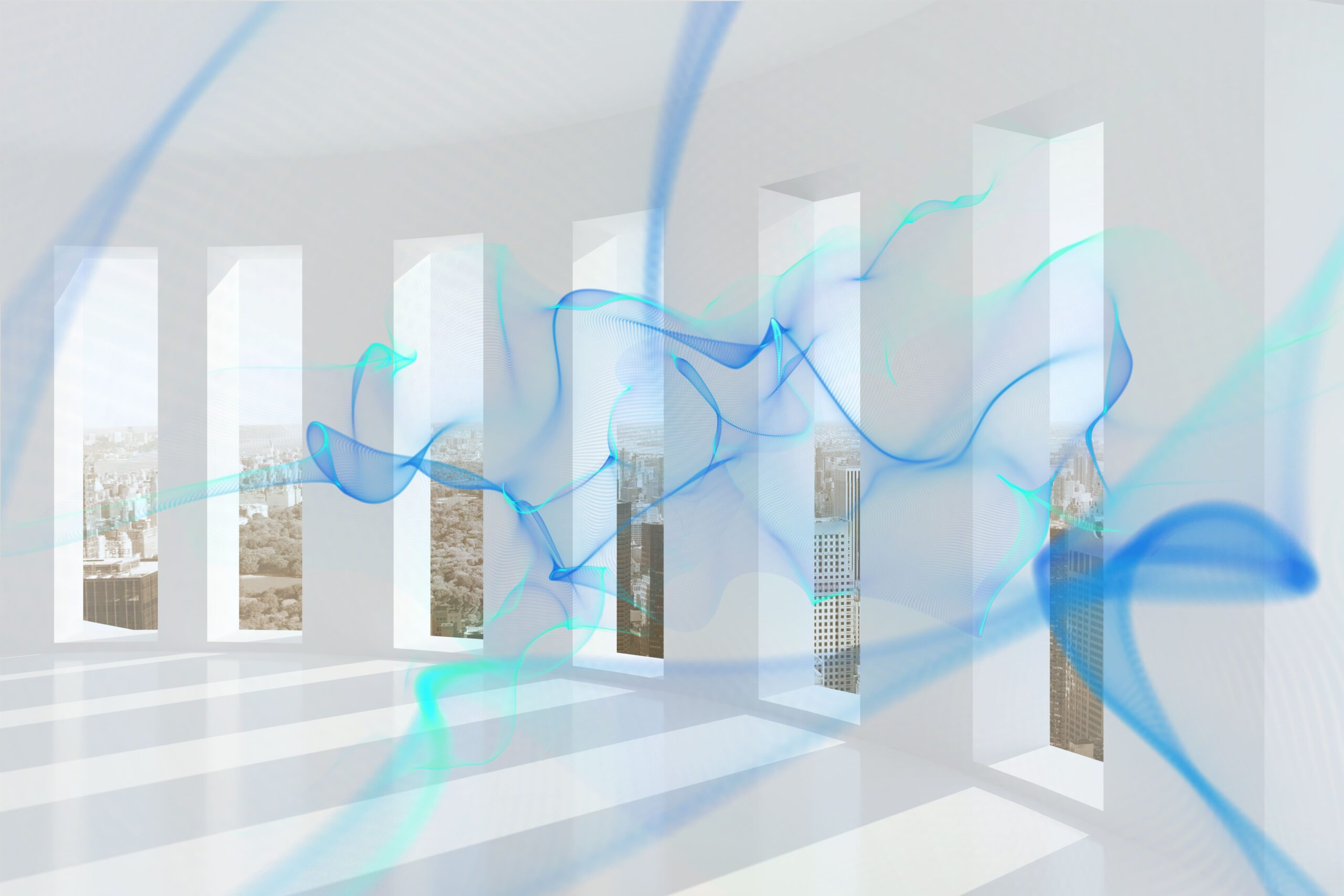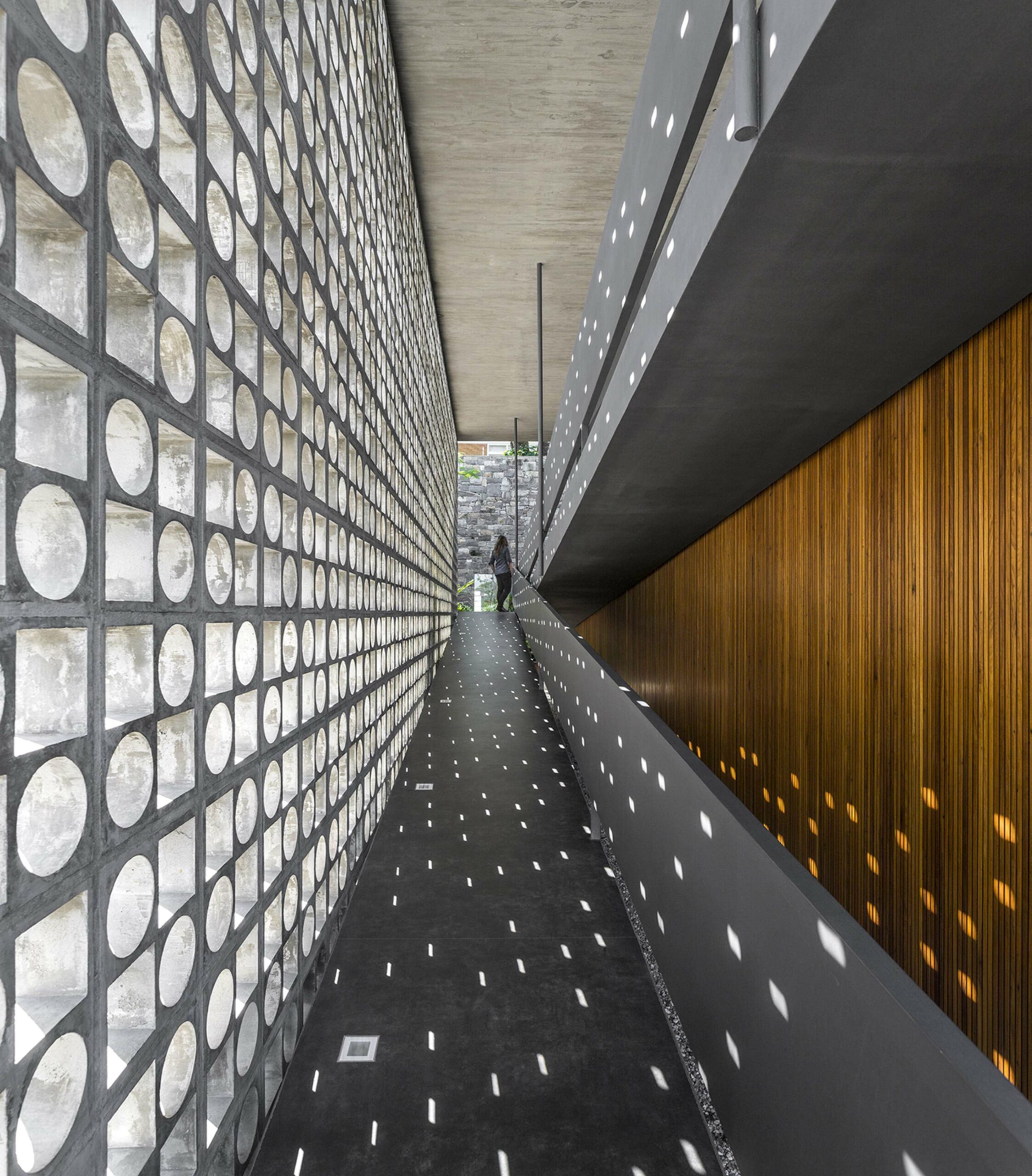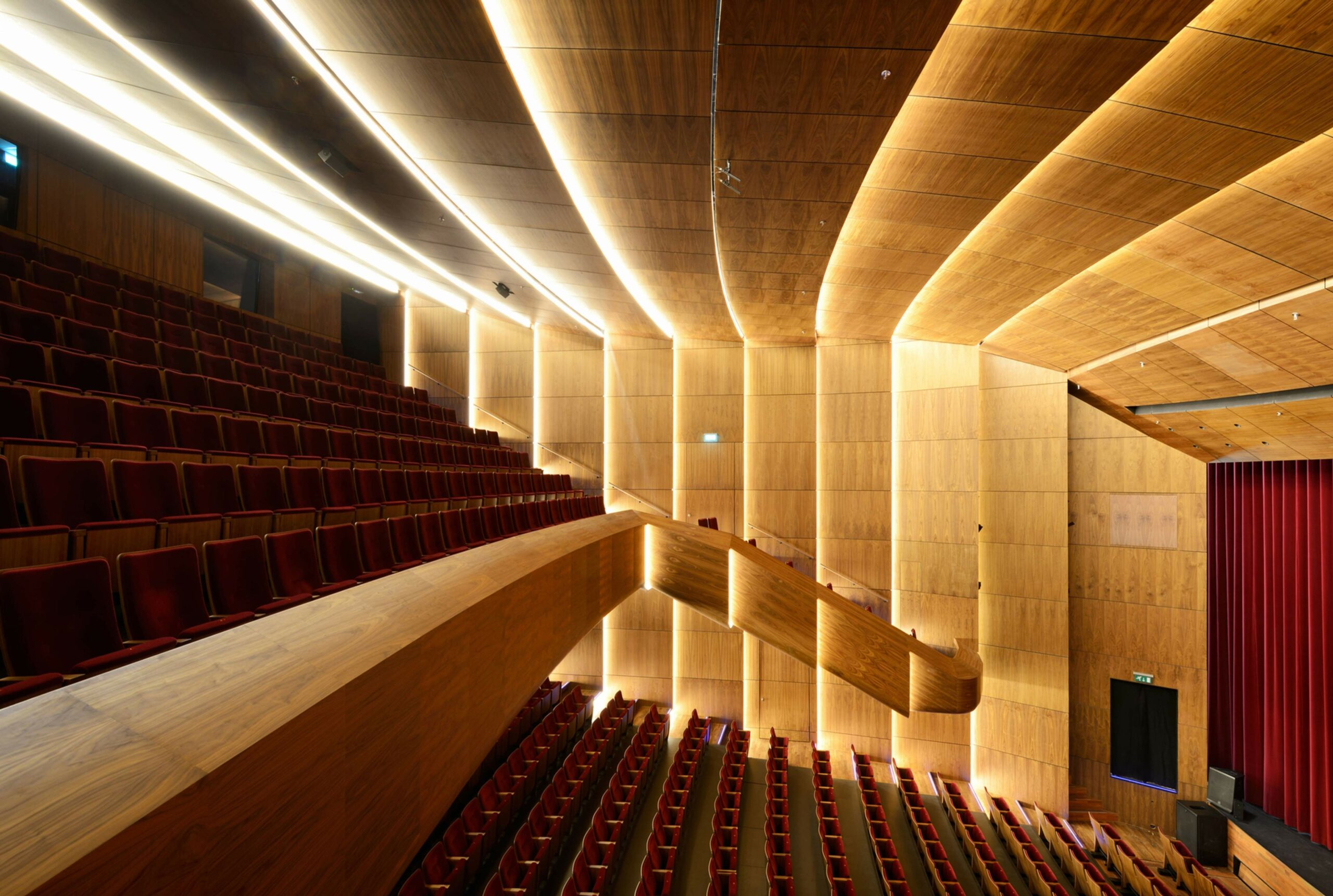The art of architecture extends far beyond the realm of aesthetics and functionality. It delves into the intricate relationship between spaces and the experiences they offer. One often overlooked but immensely influential aspect of architecture is acoustic design — the practice of shaping sound within a space to create environments that are harmonious, engaging, and conducive to their intended purposes. Architectural acoustics, a discipline that merges physics, engineering, and design, plays a pivotal role in how we perceive and interact with the built environment.
The Science of Sound: Understanding Architectural Acoustics
Sound is a fundamental part of our lives, influencing our moods, thoughts, and behaviors. Architectural acoustics revolves around the study of how sound behaves in various environments and how architectural design can be harnessed to manipulate this behavior. The key principles of architectural acoustics are absorption, reflection, transmission, and diffusion. These principles guide how sound interacts with surfaces, materials, and spatial configurations.
Absorption involves the conversion of sound energy into heat energy as it strikes surfaces. Materials with high absorption coefficients, such as soft fabrics and porous panels, help mitigate sound reflections and reduce noise levels. Reflection, on the other hand, is the bouncing of sound waves off surfaces. In spaces like concert halls, controlled reflection can enhance the auditory experience, providing richness and clarity to musical performances.
Transmission occurs when sound travels through barriers like walls, floors, and ceilings. Architectural acoustics seeks to minimize transmission to maintain privacy and prevent unwanted noise intrusion. Diffusion refers to the scattering of sound waves, breaking up direct reflections and creating a more balanced acoustic environment. Achieving the right balance between these principles is essential in designing spaces that offer optimal acoustic experiences.
Acoustic Design in Different Spaces
The application of architectural acoustics varies across different types of spaces, each with unique acoustic requirements.
- Concert Halls and Theaters: These spaces demand precise control over sound reflections and diffusion. Materials like hardwoods and sculpted panels are strategically used to create spaces where every note is heard crisply, and the resonance of music envelops the audience.
- Educational Institutions: In classrooms, lecture halls, and libraries, intelligibility of speech is crucial. Effective acoustic design ensures that teachers’ voices are clear and easily understandable, enhancing the learning experience.
- Workplaces: Open-plan offices have gained popularity, but they often suffer from poor acoustics due to excessive noise levels. Acoustic panels, baffles, and sound-absorbing partitions are integrated to create productive and comfortable work environments.
- Residential Spaces: Homes require a delicate balance between sound isolation and acoustic comfort. Design elements like double-glazed windows and soft furnishings contribute to reducing external noise and creating serene living spaces.
- Worship Spaces: Churches, mosques, and temples rely on architectural acoustics to create spaces where sermons and prayers resonate harmoniously, fostering a sense of spirituality and reverence.
The Evolution of Architectural Acoustics
Throughout history, architectural acoustics has significantly shaped the way buildings are designed. The ancient Greeks, known for their amphitheaters and theaters, demonstrated an early understanding of acoustic principles. The Roman Colosseum utilized concentric seating arrangements to project the sound effectively to large audiences.
In more recent times, advancements in materials and technology have revolutionized architectural acoustics. Innovations such as computer simulations, 3D modeling, and advanced acoustic analysis software enable architects to predict and manipulate sound behavior accurately before construction begins. This level of precision has led to the creation of awe-inspiring spaces like the Walt Disney Concert Hall in Los Angeles, renowned for its acoustical brilliance.
The Challenges and Innovations
While architectural acoustics has come a long way, challenges persist. Urbanization has brought about increased noise pollution, making it vital for architects to focus on noise mitigation strategies. Additionally, the trend towards minimalist designs with hard surfaces can lead to acoustic issues, necessitating creative solutions to maintain aural comfort. In response to these challenges, architects and acousticians are collaborating more closely from the project’s inception. This interdisciplinary approach ensures that acoustic considerations are integrated seamlessly into the overall design, rather than treated as an afterthought.
Innovations such as adaptive acoustics, where spaces can be dynamically adjusted to cater to different events, are gaining ground. Cutting-edge materials that possess both aesthetic and acoustic qualities are also being developed, allowing architects to marry form and function effectively.
Architectural acoustics demonstrates the marriage of science and art, where physics and creativity converge to shape our auditory experiences within built environments. It goes beyond merely controlling sound; it’s about creating spaces that evoke emotion, enhance performances, facilitate learning, and offer tranquility. As architectural acoustics continues to evolve, it paves the way for a harmonious relationship between humans and the spaces they inhabit, reminding us that the true beauty of architecture is not only seen but heard.
For more blogs related to design: https://www.dotsod.in/blog/
Follow DOT School of Design on Facebook, Instagram, LinkedIn, Medium and YouTube




